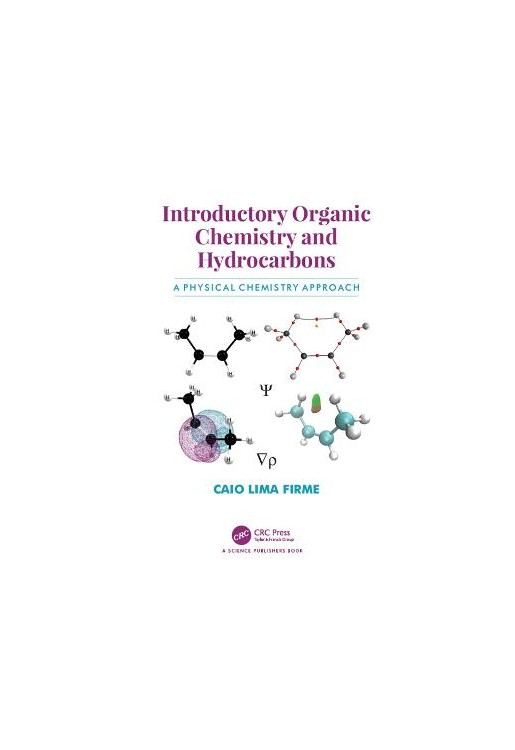Introductory Organic Chemistry helps students by teaching organic chemistry based on the broader and simplified use of quantum chemistry theories. Presentation of these topics will also help students to apply physical chemistry concepts (of thermodynamics and quantum chemistry) to organic chemistry and show how they are interrelated.
TABLE OF CONTENTS
Notions of Quantum Mechanics and Wave Function
Molecular Orbital, Valence Bond, Atoms in Molecules and Non-Covalent Interaction Theories and Their Applications in Organic Chemistry
Quantum Mechanics and Electrostatic Force in Molecules
Notions of Thermodynamics, Molecular Energy and Use of Theoretical Thermodynamic Data
Quantum Mechanics and Periodic Table
Quantum Mechanical Resonance, Chemical Bond and Hybridization
Electron Delocalization, Resonance Types and Resonance Theory
Quantum Chemistry of Potential Energy Surface (geometric parameters, energy derivatives, optimized geometries and transition states)
Representations of Organic Molecules, Atomic Charge and Formal Charge
Kinetics and Mechanism: Notions and The Quantum Statistical Influence
Intermolecular Interactions
Carbocations
Isomerism
Alkanes (nomenclature, properties and reactions)
Cycloalkanes, Bicyclic and Caged Hydrocarbons
Alkenes (nomenclature and properties)
Alkenes (reactions)
Alkynes (properties and reaction)
Aromaticity and Aromatic Compounds
Substituent Groups and Electrophilic Aromatic Substitution
Appendix




